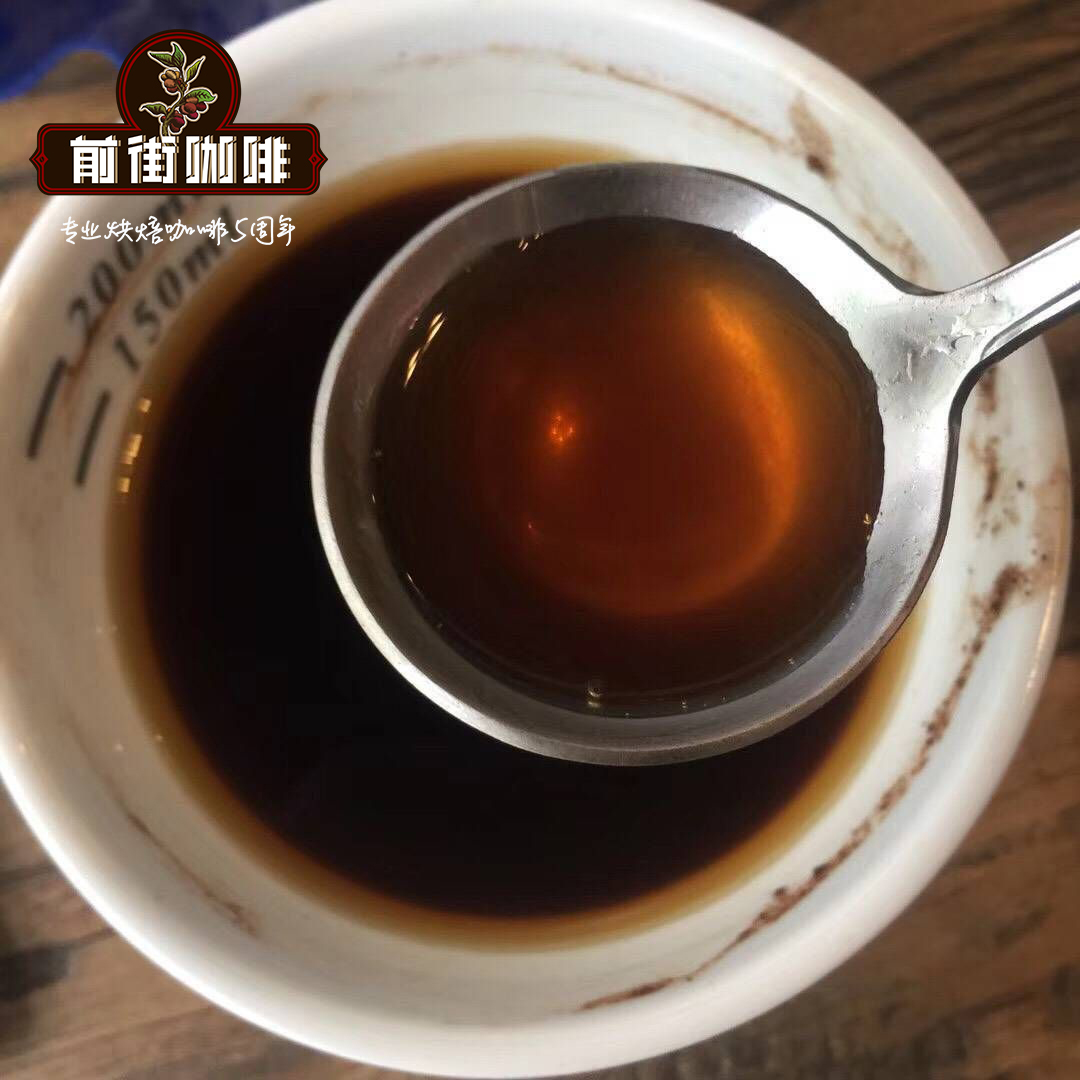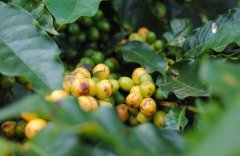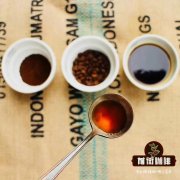Ethiopia Yega Sheffield Hofsa Cooperative | Yega Sheffield Magnolia Coffee?

Professional coffee knowledge exchange More coffee bean information Please pay attention to coffee workshop (Weixin Official Accounts cafe_style)
For many friends who entered the pit, Ye Jia Xue Fei could be said to be the incentive for them to enter the pit! Haha ~ After all, Ye Jia Xue Fei's rich floral and citric acid notes simply subvert the coffee flavor that people often say (that is, the kind of bitter).
When it comes to Yega Shefi, of course, one cannot fail to mention its country of origin, Ethiopia. Ethiopia is the birthplace of Arabica coffee and has the largest coffee gene pool in the world. No second country can compete with it.
Ethiopian coffee was introduced to Yemen in the seventh to ninth centuries, and Yemeni coffee was introduced to India by Muslims in the seventeenth century. In the 18th century, the Dutch, French and British powers transplanted Yemeni and Indian coffee to Indonesia, Bourbon Island, St. Helena Island and Central and South America, which led to the coffee cultivation boom.
Ethiopia is the cradle of mankind and Arabica coffee, as evidenced by various historical records. The Great Rift Valley runs through Kenya and Tanzania from the north to the south. Ethiopia, although located in the tropics, has a higher altitude, a cooler climate than African countries, abundant water resources, a wide variety of species and blooming flowers. Addis Ababa means "flowers".
Since 1991, Ethiopia has witnessed a wave of cooperative movements that broke the monopoly of the wealthy class on processing plant resources and exploitation of farmers. A cooperative is a production institution based on coffee farmers in villages and is an organization similar to the concept of community resource sharing. Individual farmers are free to join their own village cooperatives and become members (with the right to vote and share the surplus), and they are also free to choose whether to sell their harvested berries to cooperatives; cooperatives, on the other hand, buy berries from neighboring coffee farmers (whether members or not) and process them in batches at different prices according to the location of the coffee plantation and the quality of the berries. As a result, coffee cooperatives were established in the villages (administrative units locally known as Kebele) of the Yerga coffee producing area, including today's protagonist, Harfusa Coop.
Hofsa was originally the name of a village in Yegashefi Town, the lowest level unit of the four local administrative districts. In fact, it is located just west of downtown Yerga Coffeetown, so just walk out of the town road on the west side and you will immediately enter Hofsa Village. Hofsa Cooperative was founded as early as 1975 and can be said to be the pioneer of the first wave of cooperative movement in Ethiopia. The coffee berries of the Hofsa Cooperative processing plant are mainly sourced from the hillsides of Hofsa village and located in the west of the processing plant, ranging from 1850 meters to a maximum of 2100 meters; some are sourced from the hillsides of Konga village in the south of the processing plant, ranging from 1870 meters to a maximum of 2000 meters. The location of the two regional coffee plantations is excellent in terms of elevation and slope, which is also the basic condition for the cooperative to produce excellent green coffee beans.
Hofsa joined the Yirgacheffe Coffee Farmers Cooperative Union (YCFCU) in 2013 and has been certified as "organic" and "fair trade". Hovsa Co-operative cooperates with local smallholders in Yegashefi to adopt tree-lined planting technology, interspersed with banana and other crops, planted by hand and organic fertilizer, and controlled pests in a natural way to ensure ecological protection and make coffee taste purer.
Ethiopia Yrigachefe Harfusa Natural
Source: Ethiopia Yega Sherphine Hofsa Cooperative
Bean Seed: Heriloom
Altitude: 1850-2100m
Treatment: Solarization
Magnolia, yellow peach, crystal grape.
END
Important Notice :
前街咖啡 FrontStreet Coffee has moved to new addredd:
FrontStreet Coffee Address: 315,Donghua East Road,GuangZhou
Tel:020 38364473
- Prev

Is public bean coffee Kopi Luwak? What does peaberry Kopi Luwak mean?
Professional coffee knowledge exchange more coffee bean information please follow the coffee workshop (Wechat official account cafe_style) peaberry Kopi Luwak beans thick and plump, chocolate flavor, Chinese herbal medicine earthy flavor, thick and mellow, sweet aftertaste, typical Indonesian flavor coffee. Round bean, English name is peaberry, also known as cacacoli. There are many reasons for it: first, it has been growing.
- Next

What is boutique coffee? Coffee characteristics of different flavors of boutique coffee in different regions of the world
Professional coffee knowledge exchange more coffee bean information please follow the coffee workshop (Wechat official account cafe_style) the definition of fine coffee is "Special geographic microclimates produce beans with unique flavor profiles.", that is, "under the unique microclimate and geographical conditions of the producing area, coffee beans with regional flavor have been cultivated.
Related
- Detailed explanation of Jadeite planting Land in Panamanian Jadeite Manor introduction to the grading system of Jadeite competitive bidding, Red bid, Green bid and Rose Summer
- Story of Coffee planting in Brenka region of Costa Rica Stonehenge Manor anaerobic heavy honey treatment of flavor mouth
- What's on the barrel of Blue Mountain Coffee beans?
- Can American coffee also pull flowers? How to use hot American style to pull out a good-looking pattern?
- Can you make a cold extract with coffee beans? What is the right proportion for cold-extracted coffee formula?
- Indonesian PWN Gold Mandrine Coffee Origin Features Flavor How to Chong? Mandolin coffee is American.
- A brief introduction to the flavor characteristics of Brazilian yellow bourbon coffee beans
- What is the effect of different water quality on the flavor of cold-extracted coffee? What kind of water is best for brewing coffee?
- Why do you think of Rose Summer whenever you mention Panamanian coffee?
- Introduction to the characteristics of authentic blue mountain coffee bean producing areas? What is the CIB Coffee Authority in Jamaica?

